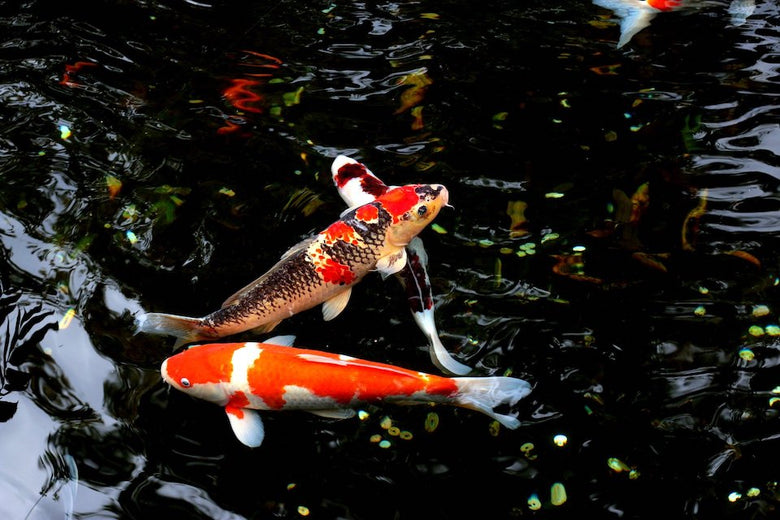
Understanding the Nitrogen Cycle
Maintaining a healthy aquarium or pond all starts with a basic understanding of the Nitrogen Cycle. This applies to keeping Koi Carp, general pond fish, tropical fish and even marine fish. Given that the fish live and breathe in the water, it is critical to have good quality, balanced water conditions, to maintain fish health. So, how does the Nitrogen Cycle work?
ALL new aquariums and ponds will go through a process called 'new aquarium/pond syndrome'. This refers to the system lacking any healthy bacteria which effectively manage fish waste. These bacteria can be compared to the healthy bacteria in the human gut that allow us to digest food obtaining nutrients along the way.
The Nitrogen Cycle is carried by a set of bacteria called 'Nitrifying Bacteria', that establish within the biological filter media of the aquarium or pond. These bacteria generally take around 8 weeks to grow and reproduce in the filter media to levels capable of carrying out the Nitrogen Cycle, thereby managing the fish waste. This is known as Biological filtration. During this initial period of time, fish keepers will often experience some level of losses caused by a build up invisible toxins in the water which are harmful to the fish.
As the first fish are introduced to the pond/aquarium, subject to eating they will begin to produce waste in the form of ammonia. If you have your water tested in this period you will see a noticeable ammonia spike. This is often then followed by a bacterial bloom which will see the water go cloudy as the levels of bacteria play 'catch-up' to handle the ammonia. The bacteria responsible for this is known as Nitrosomonas. Once the Nitrosomonas bacteria have established they will begin to consume the ammonia, creating their own waste in the form of Nitrite.
At this stage, subject to a water test, the pond/aquarium keeper will see the ammonia drop and be replaced by elevated levels of Nitrite, which much like Ammonia is toxic to the fish. Fortunately for the fish, there is another type of bacteria which is essential to the pond or aquarium, which consumes the Nitrosomonas waste (in the form of Nitrite) and turns is into the less harmful compound, nitrate. The bacteria responsible for this is known as Nitrobacter. Nitrite levels will often climb until the Nitrobacter are well established.
While Nitrate is less harmful to fish, it can come with its own problems, if levels get too high. The easiest way to keep on top of this, is to do a partial water change (of around 10%), on a weekly basis. To ensure your aquarium or pond conditions are optimal, we would also recommend having your water tested on a regular basis. At Complete Koi & Aquatics, this is a daily task due to the large amounts of fish we keep, however we would recommend doing this on a weekly/fortnightly basis.
For any fish keepers experiencing 'new pond/aquarium syndrome' we recommend the following to give your system a helping hand:
- Add a bacteria based filter starter to the filter media to help speed the nitrogen cycle up.
- Start with a small amount, of hardy fish and slowly build this up over a number of weeks. The best results in fish keeping will obtained from a level of patience.
- Feed the fish smaller amounts of food initially to reduce the amount of ammonia waste entering the system. As bacterial colonies develop in the aquarium/pond, you can begin to increase this.
- Have regular water tests. You can buy a kit to do this yourself, or alternatively bring a sample of your water in a clean bottle/container to Complete Koi & Aquatics for us to test and advise.
For any advice on the above, please don't hesitate to contact Complete Koi & Aquatics:
Tel: 01204 582105
Email: info@completekoi.com
Address: Complete Koi & Aquatics, Unit 4, Tonge Bridge Way, Bolton, BL2 6BD